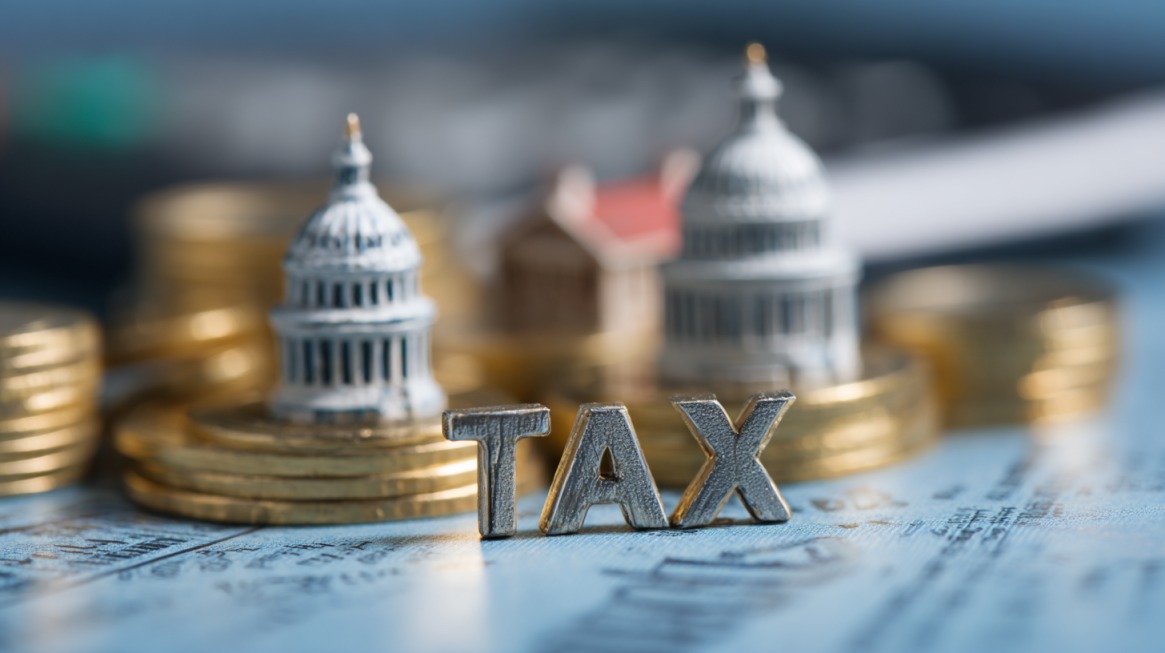Sales tax represents a percentage-based charge applied to the sale of goods and services, serving as a vital source of revenue for state and local governments.
For residents and businesses in Wisconsin, being aware of sales tax rates helps ensure compliance and accurate financial planning.
In 2025, Wisconsin maintains its established tax structure while certain local governments have introduced changes that slightly alter combined rates across regions.
Wisconsin’s Statewide Sales Tax Rate
- Statewide rate: 5.0% (unchanged in 2025)
- Applies equally across all counties and municipalities
- Lower than the national average of 7.52%
- Promotes economic stability and business confidence
- Among the lowest combined sales tax rates in the U.S.

Wisconsin continues to uphold a flat statewide sales tax rate of 5.0%, maintaining the same level since its implementation decades ago.
This consistency demonstrates the state’s commitment to predictable taxation, avoiding frequent adjustments that can create confusion for consumers and businesses.
No variations exist at the state level, meaning residents in every county pay the same base rate before any local additions.
Such uniformity is a key feature of Wisconsin’s tax system.
Businesses appreciate the simplicity of calculating taxes without needing to account for differing regional rates across the state.
Consumers, in turn, benefit from clear and transparent pricing, an advantage not shared by residents in states with fluctuating local base rates.
When placed against the national average combined sales tax rate of 7.52%, Wisconsin’s 5.0% statewide rate clearly positions it among the most tax-friendly states.
- Fund infrastructure
- Education
- Public services
For a deeper dive into how educational systems support diverse student needs, see our article ‘What Is MTSS?’ here.
Wisconsin’s relatively modest approach provides a competitive edge for local retailers and helps attract cross-border shoppers from areas with higher tax burdens.
Historical consistency also plays a role in financial predictability.
Businesses can project long-term costs with confidence, while local governments can plan budgets without relying on frequent tax adjustments.
Stability in the sales tax system contributes to a favorable economic climate that supports both consumers and commerce.
Local Sales Tax Additions in 2025

Local governments in Wisconsin possess the authority to impose an additional 0.5% county-level sales tax, supplementing the statewide 5.0% rate.
These taxes allow counties to fund essential services such as road maintenance, public safety, and community development projects.
As a result, the total sales tax burden in Wisconsin varies slightly depending on where a purchase occurs, ranging between 5.0% and 5.6% in 2025.
New Local Tax Changes
Two counties, Manitowoc and Racine, have approved new local sales taxes beginning in 2025.
Manitowoc County will apply a 0.5% rate starting January 1, 2025, while Racine County follows suit on April 1, 2025.
Both counties cited needs for infrastructure funding and revenue diversification to maintain public services without increasing property taxes.
These newly implemented taxes will bring both counties’ total combined rates to 5.5%, aligning them with several others that already have local add-ons.
Although the increase may seem small, it provides local governments with millions in annual revenue while keeping overall tax burdens manageable for residents and businesses.
Changes from Previous Years
Major shifts occurred in 2024, especially within Milwaukee County and the City of Milwaukee.
Milwaukee County increased its rate from 0.5% to 0.9%, marking a 0.4% jump designed to support public employee pensions and local infrastructure upgrades.
Meanwhile, the City of Milwaukee implemented a 2.0% city-level sales tax, creating Wisconsin’s first and only city-imposed sales tax at that scale.
Together, these changes mean shoppers in Milwaukee face the highest combined rate in Wisconsin, while many other counties remain at or near the 5.0% baseline.
Wisconsin’s Combined Sales Tax Rates
@onechartaday Sales tax rates by county in the United States! #finance #salestax #charts #county #Taxes #government #greenscreen ♬ original sound – Onechartaday
Combined sales tax rates in Wisconsin are determined by adding the statewide 5.0% to any applicable county and city rates.
These combined figures reflect what consumers actually pay at the register.
Each level, state, county, and city plays a role in determining the total percentage collected on retail transactions.
For most of Wisconsin, the total rate falls between 5.0% and 5.6%, depending on whether a county has enacted a local tax.
However, in Milwaukee, the combination of state, county, and city levies results in a 7.9% total rate, the highest in the state for 2025.
Residents in regions without any local add-ons continue to pay only the statewide rate of 5.0%, making those jurisdictions the most affordable for consumers.ž
Such rate variations, though small, can influence shopping behaviors, especially for large purchases.
Some residents may travel to lower-tax areas for big-ticket items, while others prioritize convenience over minor savings.
- Combined rates = state (5.0%) + county (0.5–0.9%) + city (0–2.0%)
- Highest total rate: 7.9% in City of Milwaukee (2025)
- Lowest rate: 5.0% in areas with no local tax
- Statewide consistency paired with mild local variation
How to Determine the Exact Sales Tax Rate
Sales tax rates can vary slightly across Wisconsin, depending on city and county boundaries, so determining the correct rate for a specific address is essential for accurate transactions.
Retailers, accountants, and consumers often use digital tools to ensure compliance and precision when applying or paying sales tax.

- Wisconsin Department of Revenue (WI DOR) Rate Lookup Tool
- The official online resource for state and local tax information.
- Users can enter an address or ZIP code to view the exact applicable rate.
- Updated regularly to reflect new ordinances or county-level changes.
Wisconsin in the National Context
When evaluated on a national scale, Wisconsin’s overall sales tax burden remains impressively low.
In 2025, the national average combined rate is 7.52%, while Wisconsin’s average combined rate sits at 5.72%, securing its position among the five lowest states for total combined rates according to the Tax Foundation.
This ranking reflects a long-standing philosophy of moderation in tax policy. Lower sales taxes make Wisconsin more competitive for business investment and consumer spending.
Shoppers retain more purchasing power, and companies benefit from increased demand.
Moreover, lower taxes can attract out-of-state consumers, particularly those living near borders with states that impose higher sales taxes.
Stable and moderate tax rates also contribute to a favorable economic environment for industries such as retail, manufacturing, and tourism.
The predictability of Wisconsin’s sales tax system provides reassurance to business owners planning long-term operations within the state.
The Bottom Line
Wisconsin’s sales tax structure demonstrates stability at the state level, paired with modest local changes that slightly adjust rates in specific counties and cities.
Residents in areas like Milwaukee, Manitowoc, and Racine will notice higher combined totals, while other regions remain at the 5.0% baseline.
Staying updated with official lookup tools ensures accurate calculations for both consumers and businesses.

